Taking Care of Evacuation
Most employers are already highly aware of the need to provide a safe and healthy workplace to protect their employees against potential health and safety risks. But the responsibi...
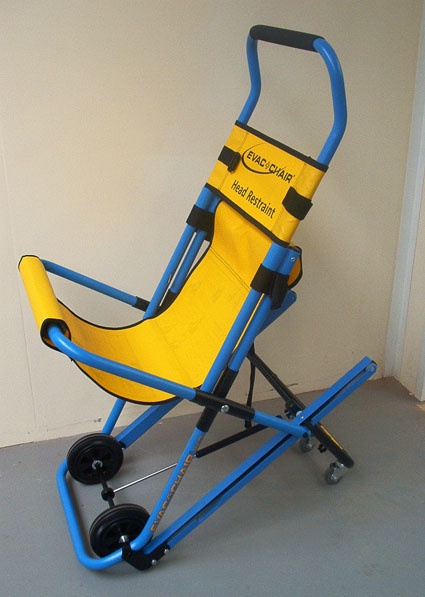
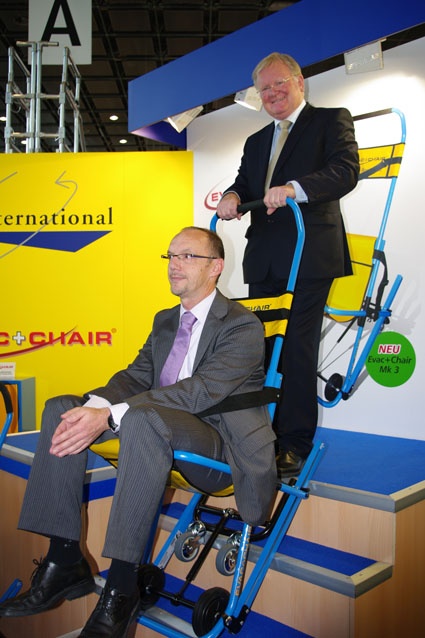
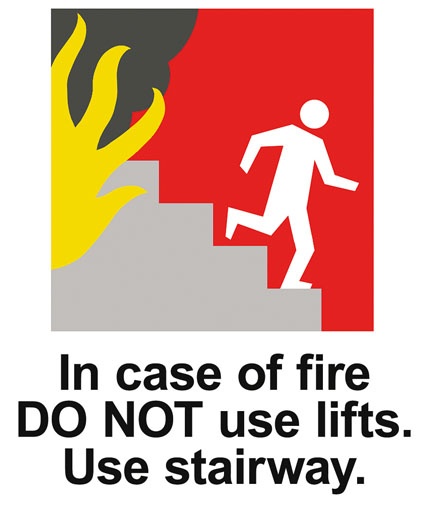

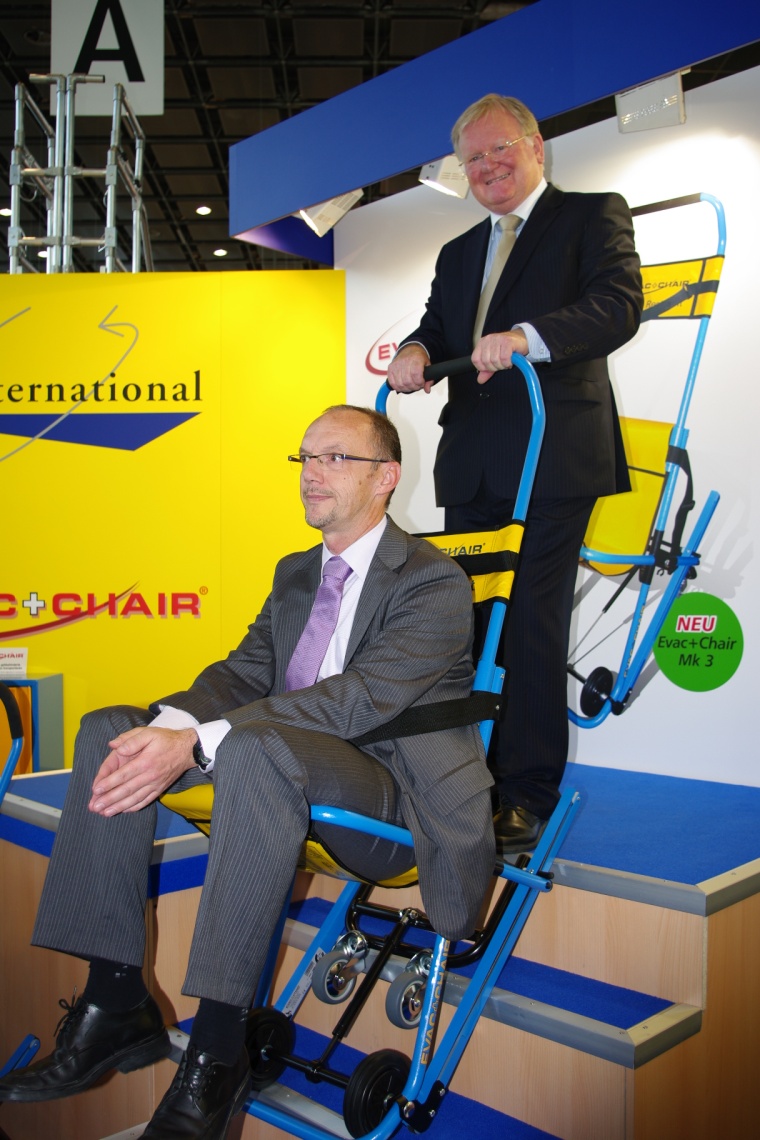
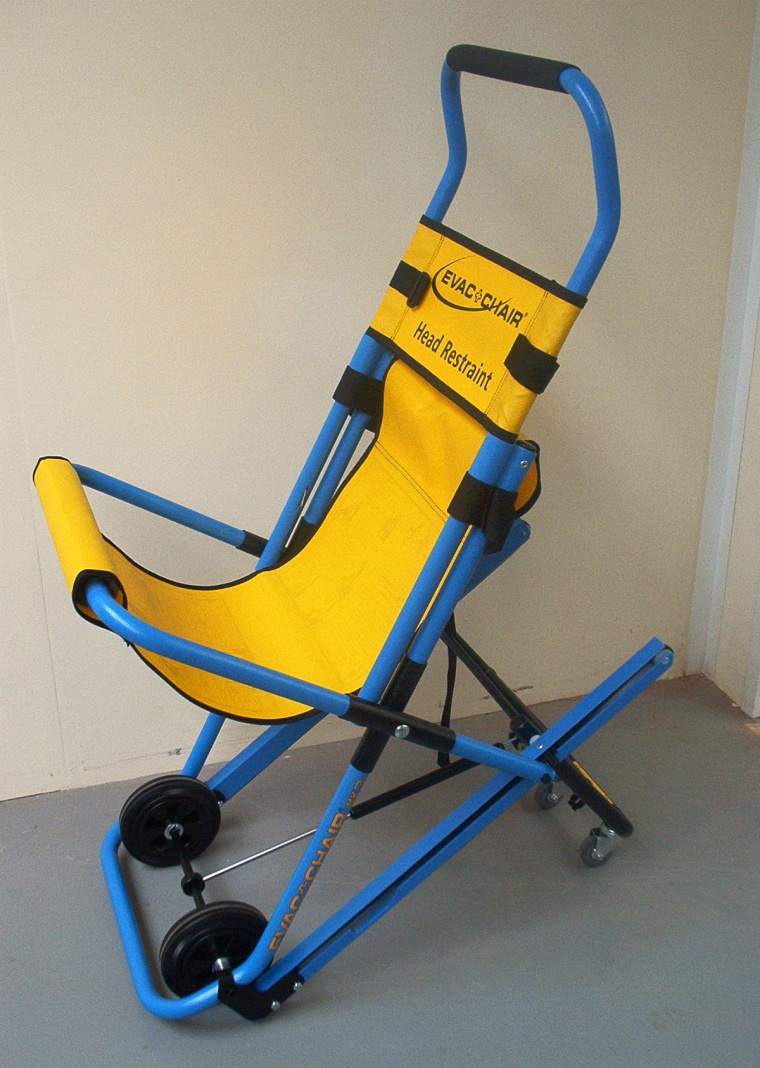
Most employers are already highly aware of the need to provide a safe and healthy workplace to protect their employees against potential health and safety risks. But the responsibilities toward employees with disability and those classified as mobility impaired are really different to the responsibilities toward all other employees. Heiko Baumgartner met Barry Scholes, Managing Director of Evac+Chair, in Birmingham to discuss the developments in this field.
The EU Directives for Occupational Safety and Health from 2006 and several laws in the different European countries force managers and employers to take responsibility for their employees and visitors. What does that mean regarding emergency evacuation?
B.Scholes: Under the new regulations the protection of employees, visitors and guests is now under the responsibility of the respective management and landlords. They have to ensure that fire control systems, evacuation devices and means of fighting fires are in place and ready to use.
Your company is specialised in the evacuation of people with disability and people classified as mobility impaired. What special demands are there for these persons?
B.Scholes: Stairways are the approved route to safety for most occupants of buildings - but for the disabled and those with walking difficulties stairs can be an insurmountable problem. The strategic placing of evacuation tools like our Evac+Chair throughout the building, together with required escape drills, can help organisations meet the requirements of the EU health and safety laws, and the Equality in the Work Place Law. The Evac+Chair requires only one person to evacuate a colleague, after only a short training session, and considerably improves the security for all in any building above one storey.
You have mentioned that you have observed different mentalities and approaches in different EU countries?
B.Scholes: Yes, absolutely. Just to give you one example: We are selling more than 25% of our about Evac+Chairs in Germany directly to fire fighting units and fire services while in the UK only about five percent of our equipment is sold to fire services. Fire fighters usually take the Evac+Chairs on board of their fire engines and use them for the evacuation of disabled persons. This is fine if the fire service arrives fast enough. But what if they arrive too late? We expect that in the next years the trend to limit the budgets for fire services in most European countries will continue. This means that the response time, the time a call is received by the emergency communications center to the arrival of the first apparatus at the scene, will increase. This is another reason why I think it is better to take a one time investment that can help with complying to legislation in the workplace, save personnel from unnecessary injury and answer everyone's fears concerning emergency evacuation.
Since 1985 you are offering several models of evacuation chairs for emergeny use, but in 2010 you are introducing a new model for professional use in ambulances. Can you give us some information about the new product?
B.Scholes: The new Model 300-AMB will come with larger heavy duty 100mm rear wheels and rear brakes. A slight change to the support brackets also improves stability, giving an overall improved and more comfortable ride over rough ground.
Are there any other markets where the new model will apply?
B Scholes: Although this latest version is designed for the Rescue services, such as Ambulance and Fire, it is available to all customers, and in particular hospitals and nursing homes.
There will be a study about the evacuation of hospitals later this year and we will publish excerpts of it in GIT SECURITY as soon as we have the results.
To have evacuation plans and tools ready for use is one thing, but to train everyone to use the equipment is also important. What possibilities do offer your customers for training?
B.Scholes: Evac+Chair offers two training courses, depending on the level of training necessary: The Key Trainer Masterclass is a full day certificated "Train the Trainer" course to enable key staff to train 4 members of your staff in the effective use of the Evac+Chair. The Evac+Chair operator course is a 2 1/2 hour certificated course, training your staff on how to correctly use the Evac+Chair in an emergency.
We offer training courses at our customer's site, or here in Birmingham at the Evac+Chair Head Quarters, or in our new European Training Division at ESE International in Veldhoven in the Netherlands.
European Training Division
c/o ESE International BV, DG Veldhoven
Tel +31 (0)402553700
Tel +49 (0)6238 984 6810 (Germany)
info@ese-int.nl
Business Partner
EVAC Chair Internat. Ltd.Weston Lane, Paraid Hs.
Birmingham B11 3RS
Germany
most read

The Benefits of AI-based Video Surveillance Solutions for Sports Venues
Dallmeier Interview: Artificial intelligence Makes Stadiums Smarter

Is Your Venue Ready for Martyn’s Law?
Martyn’s Law demands stronger security by 2027. Is your venue prepared to protect and respond?

Five Questions with Intersec Saudi Arabia Exhibition Director Riham Sedik
Intersec Saudi Arabia 2025: Exclusive Insights with Riham Sedik, Exhibition Director

GIT SECURITY AWARD 2026 - The winners have been announced!
GIT SECURITY AWARD 2026: The best safety and security solutions of the year - now an overview of all winners

Machine & plant safety: The winners of category A at the GIT SECURITY AWARD 2026
GIT SECURITY AWARD 2026: Machine & plant safety - an overview of the most innovative solutions









